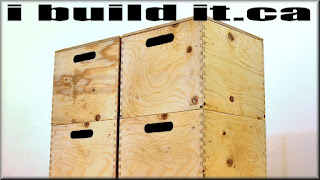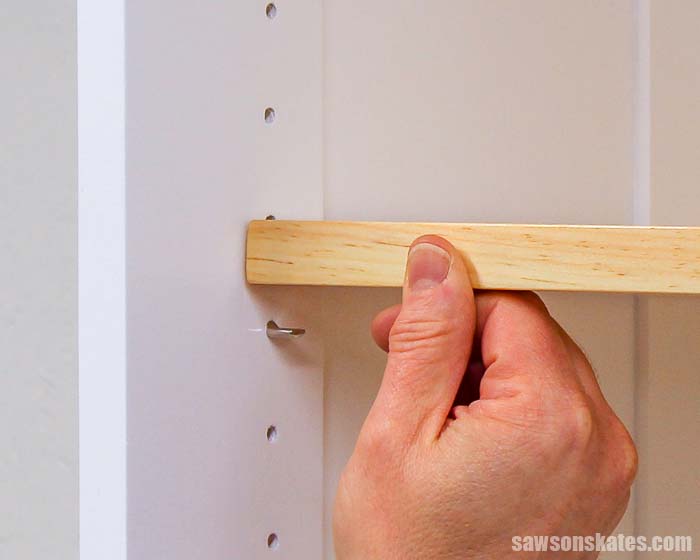Free Small Woodworking Projects for Space-Saving Creations
Cramped living spaces don't have to mean sacrificing style and functionality. With a little ingenuity and some readily available materials, you can build amazing space-saving solutions. This article showcases free woodworking plans for compact, clever creations perfect for maximizing your home's potential without breaking the bank. Get ready to transform your tiny apartment or cluttered corner into a haven of organization and charm!
Wall-Mounted Folding Shelves
Tired of overflowing bookshelves dominating your living room? These wall-mounted folding shelves provide elegant storage that disappears when not in use. The free plans you'll find online typically use simple joinery techniques, perfect for beginners. Choose a sleek wood like pine or birch for a contemporary look, or opt for reclaimed wood for a rustic feel. Remember to carefully measure your wall space before starting to ensure a perfect fit. The folding mechanism relies on simple hinges and sturdy brackets, adding a surprising element of functionality to an otherwise simple design. After you've completed the project, watch as your clutter melts away, replaced by clean lines and thoughtful organization.
Materials You'll Need:
- Wood boards (pine, birch, or reclaimed wood)
- Hinges
- Brackets
- Wood screws
- Wood glue
- Sandpaper
- Wood finish (optional)
A Nifty Key Holder
Misplacing keys is a common frustration. This small, yet impactful woodworking project solves that problem with style. Numerous free plans are available for creating a charming key holder that adds a touch of personality to your entryway. Imagine a small, uniquely shaped piece of wood, carefully sanded and finished, mounted on your wall. This compact creation, featuring hooks for your keys and maybe even a small shelf for mail, adds practicality and visual appeal to even the smallest hallway. This project is quick to complete, making it perfect for a weekend afternoon, leaving you with a satisfying sense of accomplishment and a more organized entryway.
Tips for Success:
- Choose a wood type that complements your home's decor.
- Use strong hooks designed for daily use.
- Sand the wood thoroughly for a smooth finish.
- Apply a protective finish to enhance durability.
Under-the-Bed Storage Boxes
Maximize your storage space by building custom under-bed storage boxes. These boxes, made from sturdy plywood or solid wood, slide easily under your bed, keeping items neatly organized and out of sight. Free plans often provide detailed instructions for constructing boxes with removable lids or sliding drawers, offering versatile storage options. Customize the size and shape to perfectly fit your bed frame and storage needs, choosing from various staining and finishing techniques to match your bedroom décor. This project proves that functional storage can be both practical and aesthetically pleasing. You'll be amazed by the extra space you create by using that often-forgotten area under your bed.
Consider These Details:
- Measure the space under your bed carefully.
- Use strong joinery to ensure durability.
- Add handles or cutouts for easy access.
- Consider lining the boxes with fabric for extra protection.
These are just a few examples of the many space-saving woodworking projects you can tackle using free plans readily available online. With a little time and effort, you can transform your home into a more organized and stylish space, proving that small projects can have a big impact!















